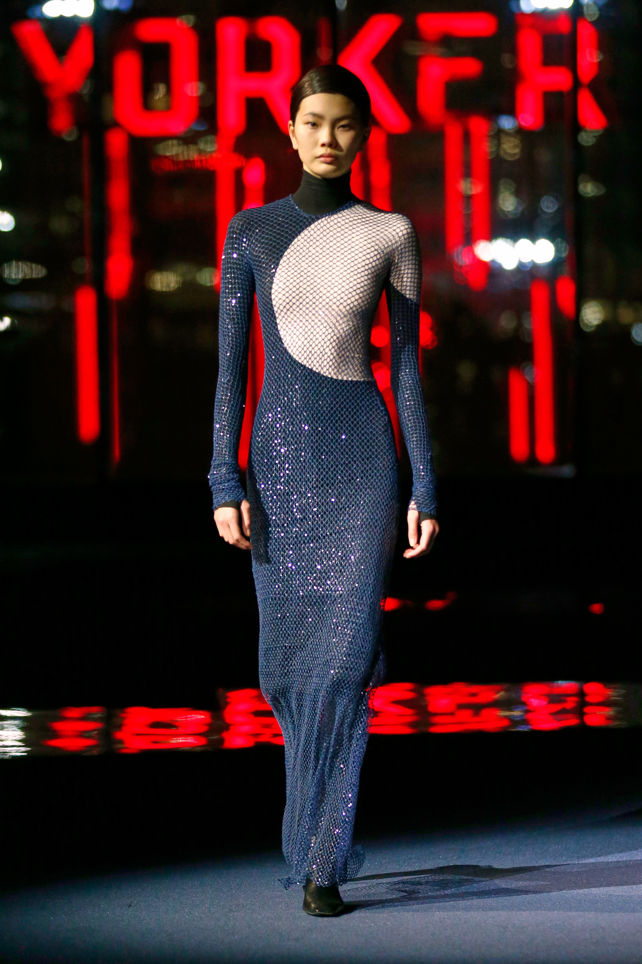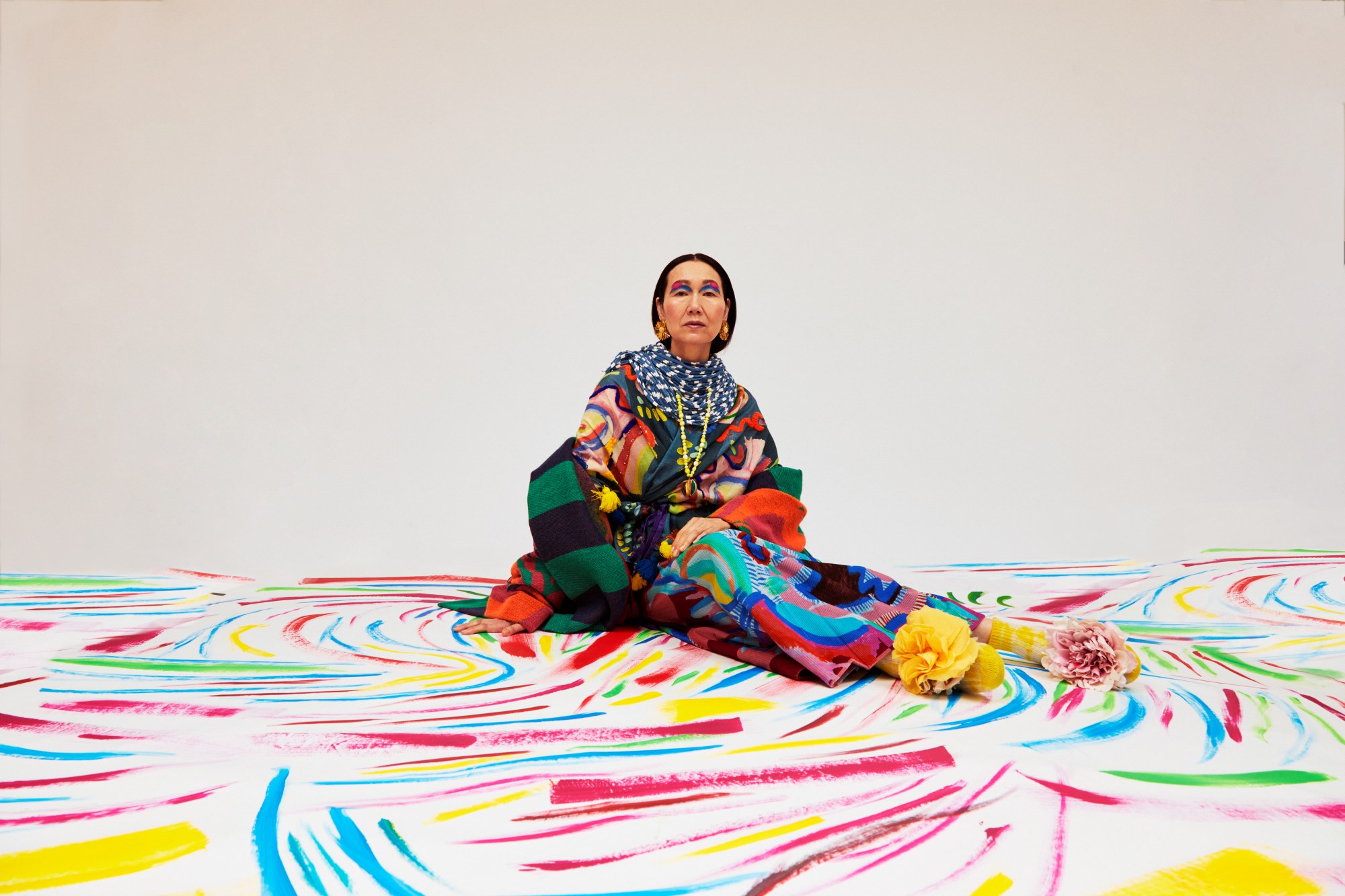Text and photos by our contributor Marco Fraschetti
Founder Coco Chanel’s vision and innovative approach redefined feminine fashion, becoming a symbol of empowerment for women across the globe. This article explores the fascinating history and enduring philosophy that has shaped Chanel into the iconic brand we know today.
The Birth of a Visionary

Gabrielle “Coco” Chanel, born in Saumur, France, in 1883, overcame a humble upbringing to revolutionize the fashion world. Chanel’s early life struggles instilled in her a sense of independence and determination, which she channeled into designing apparel that challenged societal expectations of women’s attire. Her audacious spirit and commitment to her unique vision laid the foundation for what would become one of the most influential fashion houses in history.
Simplicity as a Statement

Chanel’s design philosophy centered on simplicity and comfort, rejecting the extravagant details reminiscent of the Belle Époque era. She believed that women’s fashion should cater to their daily lives, providing freedom of movement and ease of wear. Chanel introduced boxy jackets, streamlined skirts, and loose-fitting silhouettes that deviated from the constraining corsets prevalent at the time, marking a paradigm shift in women’s fashion.
The Iconic Little Black Dress
Among Chanel’s most significant contributions to fashion was the introduction of the little black dress in the 1920s. Prior to Chanel’s revolutionary concept, black had been strictly associated with mourning. However, she defied convention by utilizing black fabric as a canvas for elegance and simplicity, paving the way for what would become a timeless staple in every woman’s wardrobe.
Embracing Femininity with Comfort

Chanel’s approach to fashion extended beyond coining new trends; it encompassed an understanding of the modern woman’s desire for comfort and ease. She embraced soft, luxurious fabrics such as jersey, traditionally used for men’s underwear, and transformed them into elegant and sensual garments. Chanel’s innovation emphasized the importance of empowering women through fashion, setting her brand apart from her contemporaries.
The Timeless Chanel Suit
One of the most iconic creations in the history of fashion, the Chanel suit, epitomizes the brand’s enduring influence. Inspired by menswear, Coco Chanel introduced this ensemble, consisting of a collarless jacket, fitted cardigan, and a knee-length skirt. Reinvented through the decades, the Chanel suit is a dynamic symbol of femininity and power, worn by influential women ranging from Jacqueline Kennedy Onassis to modern-day celebrities.
Legacy and Evolution
Following Coco Chanel’s death in 1971, the brand continued to evolve under the leadership of Karl Lagerfeld and, currently, Virginie Viard. Both designers have remained committed to maintaining the brand’s DNA while adapting to the ever-changing fashion landscape. Chanel’s ethos continues to captivate and inspire, with their iconic collections, perfumes, and accessories continuing to define elegance and sophistication in the 21st century.
In conclusion, Chanel’s illustrious history and enduring philosophy have solidified its position as a force to be reckoned with in the fashion world. From Coco Chanel’s audacious vision to the innovative designs of today, the brand’s commitment to simplicity, elegance, and empowerment shines through in every collection. As the fashion house continues to inspire generations of women worldwide, Chanel’s legacy remains an embodiment of timeless style, reminding us that true beauty lies in embracing our individuality.
CHANEL: A journey into Allure
Special exhibition in Al Serkal Avenue – the Concrete Dubai

Gabrielle Chanel’s audacity manifested in her understated approach to fashion, freeing it from restraint while creating garments stripped of their pomp to appear simple. She introduced supple, fluid materials to an era – the beginning of the 20th century – which until then had been versed in rigidity, control, and constriction.
By liberating the body and freeing it from the gaze of others, she re-established the female form’s full capacity for movement and action. In a world that was becoming increasingly dynamic and accelerated, following one’s dreams and living according to one’s principles was no longer reserved for heroines in novels.

Gabrielle Chanel stated: “When the body is no longer exclusively preoccupied with its elegance, when the obsession with being beautiful has given way to an inner attitude – attitude of mind rather than display of pride – then a woman has everything together gained in naturalness, youth and simplicity. She has just taken a giant step towards her own fulfilment.”
From these upheavals, a new attitude emerged, adopting its own name: allure.
Allure resides in works, in people, and in embodiments. Gabrielle Chanel herself, of course, as well as actress Kristen Stewart, who immerses us in the world of CHANEL. We also find it in symbols like the camellia, which runs through the history of the House.
It actually didn’t take much for Gabrielle Chanel to steal this emblem from the dandies, whose main rule was to conform to no expectations, at the risk of displeasing.

For Virginie Viard: “The camellia is more than a theme, it’s an eternal code of the House, I find it reassuring and familiar, I like its softness and its strength!
The winter flower traverses the Fall-Winter 2023/24 Ready-to-Wear collection in little, joyful touches, blooming over pockets, jackets, buttons, and in the suspended romanticism of the prints.
Guided by the camellia, symbol of the contrasts at the heart of the allure, this installation is built around this central notion in the history of the House – timeless and in perpetual motion – which runs through the work of Gabrielle Chanel and continues to do so today with Virginie Viard.
Masculine/Feminine
Gabrielle Chanel introduced certain elements of men’s clothing on women’s wardrobes.
Far beyond the stylistic effect, her objective is to grant women perfect ease. Her creations express both an aspiration for comfort and freedom of movement which, for her, are the instruments of female emancipation: that of a woman in her own image, leading her life with independence.
Spring-Summer 2023 Ready-to-Wear collection, Virginie Viard Spring-Summer 1968 Haute Couture collection, Gabrielle Chanel.
Uniforms

Gabrielle Chanel was born into a world of men and class where the uniform was a central sartorial code. Its simplicity and rigour appealed to the couturière, who drew inspiration from it for her famous suit.
Virginie Viard is continuing the work initiated by Gabrielle Chanel and Karl Lagerfeld – with whom she worked for over thirty years – around the central notion of allure. Playing with opposites and contrasts, balancing nonchalance and elegance, an explosion of vitality and a sense of refined simplicity, the Artistic Director of the Fashion collections interweaves the codes that have written the history of the House with her own sensibility.
Passionate about cinema – where she began her career – music, literature and dance, she explores all these worlds in her collections.








